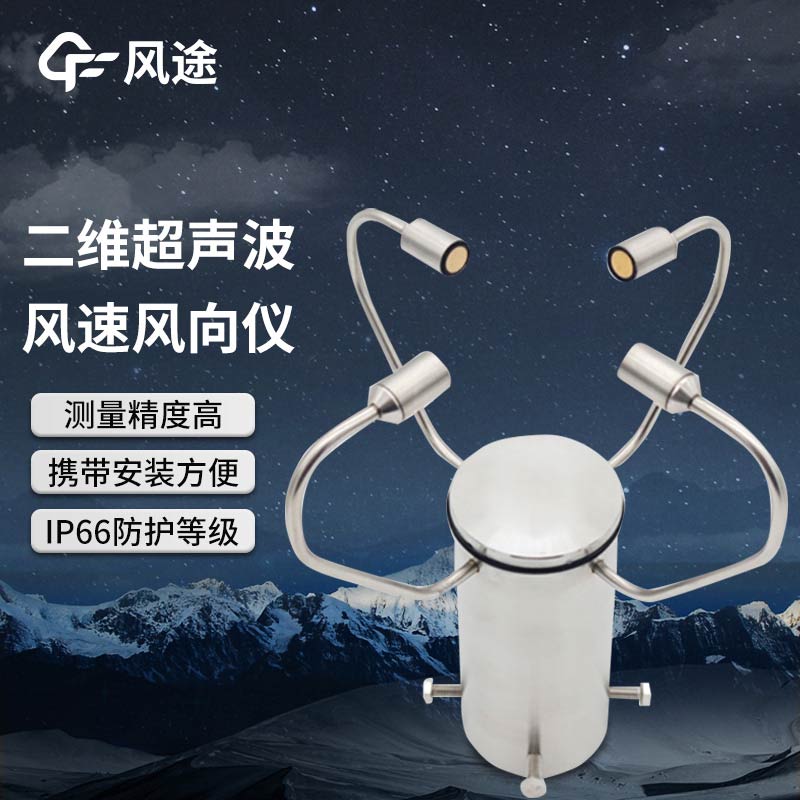Shandong Fengtu IOT Technology Co., Ltd
Sales Manager:Ms. Emily Wang
Cel,Whatsapp,Wechat:+86 15898932201
Email:info@fengtutec.com
Add:No. 155 Optoelectronic Industry Accelerator, Gaoxin District, Weifang, Shandong, China

Sales Manager:Ms. Emily Wang
Cel,Whatsapp,Wechat:+86 15898932201
Email:info@fengtutec.com
Add:No. 155 Optoelectronic Industry Accelerator, Gaoxin District, Weifang, Shandong, China
time:2025-07-14 09:30:10 source:Weather Station viewed:146 time
The marine environment is highly corrosive, far exceeding that of the inland atmospheric environment, posing a severe test to all exposed equipment. Water vapor forms an imperceptible water film on metal surfaces. This water film is not ordinary pure water; it dissolves a large amount of oxygen, chloride ions, sulfate ions, and other salts, forming an electrolyte solution with extremely high conductivity.
Chloride ions act as "catalysts" for metal corrosion. They have extremely strong penetrating power, easily destroying the oxide layer on metal surfaces and accelerating local corrosion processes such as pitting, stress corrosion, intergranular corrosion, and crevice corrosion of steel. This makes it difficult for a long-term stable and dense rust layer to form on the steel surface, leading to a significant increase in corrosion rate. Data shows that the corrosion degree of marine atmosphere on steel is 4-5 times that of inland atmosphere. For equipment exposed to the sea for a long time, this strong corrosivity is undoubtedly a huge threat.
In such an environment, equipment used to measure wind speed and direction faces great challenges. Moreover, due to the special geographical environment at sea, the difficulty of equipment maintenance is increased, so the durability and stability of equipment have become the focus of attention. Wind speed and direction sensors are usually installed outdoors, in high-corrosion environments such as C5-M (marine environment), which have high requirements for corrosion resistance.
The FT-WQX2A2 2D Ultrasonic Anemometer is well-suited for wind measurement at sea because of some improvements.
Firstly, it uses a stainless steel body. There are many types of stainless steel, some of which have excellent corrosion resistance and can effectively resist the erosion of corrosive components such as chloride ions in the marine atmosphere. This characteristic greatly reduces the corrosion rate of the equipment, ensures the long-term stability of the body structure, and maintains good shape and performance in harsh marine environments.
Secondly, the equipment has an IP66 protection rating. The IP66 protection rating means that it can not only completely prevent foreign objects from entering but also withstand strong water spray. In the windy, rainy, and high-humidity marine environment, this protection rating can effectively block harmful substances such as moisture and salt from entering the equipment, avoiding corrosion and damage to internal components, ensuring that the equipment can operate continuously and stably, and accurately measure wind speed and direction.
In summary, the FT-WQX2A2 anemometer is an excellent marine wind measuring instrument.

Yangmei, a characteristic fruit in southern China, is highly favored by consumers for its sweet and sour taste, as well as its rich medicinal and edible values. As a perennial plant, its growth is influenced by the comprehensive effects of the current year's climate, the previous year's envi...
The compact weather station is a dedicated device focused on meteorological data collection. Characterized by easy installation, simple operation, high measurement accuracy, and integration of multiple meteorological elements, it is highly favored by meteorological researchers and has become their p...
Rain, fog, and other harsh weather conditions are major "adversaries" threatening traffic safety. Low visibility in particular severely impairs drivers' vision, highly increasing the risk of traffic accidents and causing casualties and property losses. The emergence of Atmospheric Visi...
On the rooftops of distributed photovoltaic power stations and between small photovoltaic arrays, a compact and sophisticated monitoring device is often seen – this is the PV Weather Station. With its small size, flexible deployment, and precise monitoring capabilities, it provides reliable data fo...